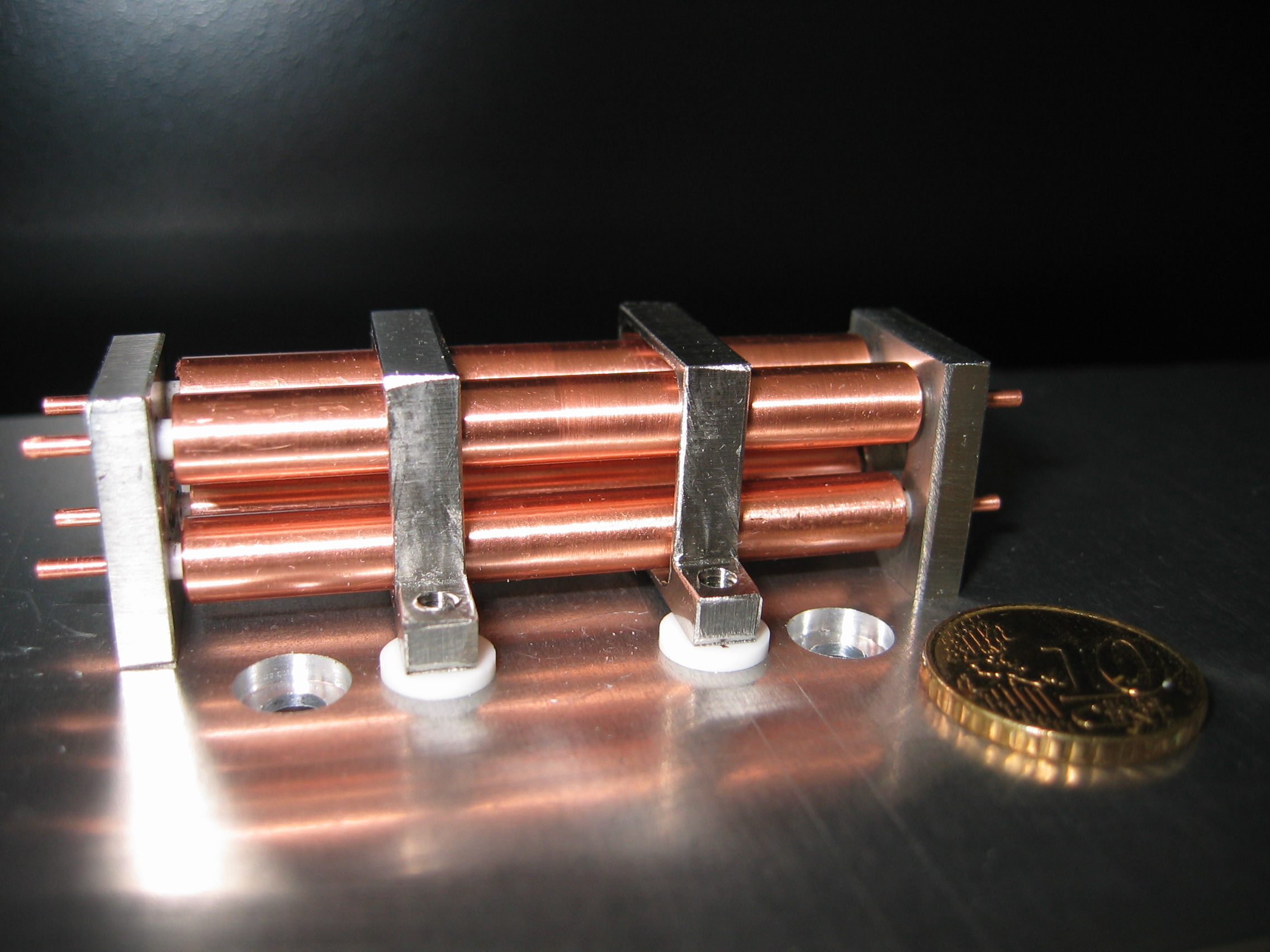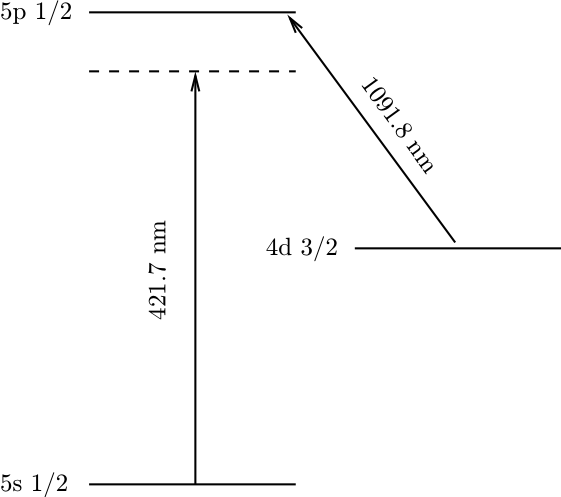
Quantum Memories

Quantum memories are a fundamental component of quantum communication networks. We are studying both theoretically and experimentally the realization of such a memory in a large ensemble of trapped, laser-cooled ions.
Quantum communication usually takes place by optical means and runs into the problem of unavoidable propagation losses. In order to reduce the effect of the losses, it is necessary to repeat periodically the information. Without a quantum memory, that is a physical medium able to store the quantum information, the success rate of this protocol will decay very rapidly with distance, making long distance communication impossible..
In order to quantify the quality of a trapped ions quantum memory, we have looked for relevant criteria. We restricted our approach to the case of continuous variables where the beam carrying the information and the medium storing the information consist of a very large number of individual particles rphotons or ions) and can each be described by two so-called quadratures which are formal analogues of the position and momentum of a single particle.One can then give criteria which distinguish
Identity Quantum Memories (IdQM), i.e. memories which can produce a quantum state very close to the input state;
Delayed Measurement Quantum Memories (DMQM) which allow, after an arbitrary delay, to measure an arbitrary quadrature.
This second type of memory is useful in particular in attacks against quantum cryptography protocols.
We have studied the particular case of the protocol used in the first experiment of a quantum memory (B. Julsgaard, J. Sherson, J.I Cirac, J. Fiurasek, E.S. Polzik, "Experimental demonstration of quantum memory for light", Nature (London) 432, 482 (2004) ). We have showed that, with realistic parameters, it is not possible to realize a IdQM but that one may obtain a DMQM with very long lifetimes (on the order of several seconds). Compared to experiments with room-temperature or with cooled atoms, the main advantage of ions is that they are immobile which eliminates the limitation due to the transit time in the interaction beam and, using spin-echo techniques, reduces the effect of stray magnetic fields which are the limiting factor of present experiments.
More information can be found in our paper, "Feasibility of a quantum memory for continuous variables based on trapped ions" available on ArXiv at the reference quant-ph/0607054.
Finally, it is important to note that the conditions to store a single photon rather than an intense beam are similar so that an ion ensemble can also be used to make such a memory.
We are currently building a trap which can contain a large number of ions (several thousands or more). This project has been funded by the french Agence Nationale de la Recherche.
We have already been able to trap and cool a cloud of some hundreds of Sr+. For this purpose, we are using a laser diode in an extended cavity configuration at 422nm to cool the ions and a fiber laser at 1092 nm as a repumping beam. The trapping is done in a large linear Paul trap with an optical access along the axis which will allows an efficient interaction with laser light. We are also setting up a frequency-doubled Titanium:Sapphire laser to serve as a source well suited to quantum information and well coupled to the ions.
Electronic levels of Sr+ ions relevant for
the cooling (left) and picture of the linear Paul trap (right). The
ions are trapped in the central zone between the four copper
electrodes and the two Dural central electrodes.
